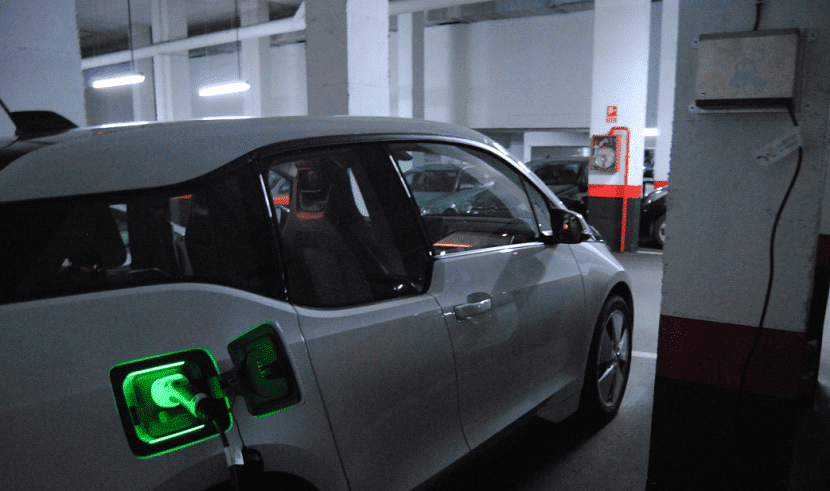
En China is already selling more cheap electric cars than in all the rest of the world combined. This was reported by the Reuters agency, which also focuses on the type of vehicle that triumphs and in their reasons.
Unlike other markets, such as America or Northern Europe, in the Asian country the models that are promoting this technology They are Chinese brands and with less scope of autonomy than other foreign manufacturers such as Tesla or Nissan.
Electric cars are a reality. In recent times they have reached a level of autonomy, performance and price that make them a perfectly valid option for an increasing number of drivers, with the only requirement of having a connection point in the garage and not making trips much longer than 100 km between recharges.
Big cities are the natural terrain of cheap electric cars. In urban routes they are the definitive weapon and thanks to their absolute silence, comfort, driving agility without gear shifting and absence of smoke, they show a superiority so great that they will make us see "old" combustion cars as old steam engines.
Cheap electric cars in China
There is currently a sales boom in the Asian giants, it all started thanks to a aggressive policy launched by Beijing, where the Government is promoting the implantation and the manufacture with important subsidies to the purchase, the electric car is experiencing a boom in China.
Last year they registered between electric cars and plug-in hybrids (or plug-in) more than half a million vehicles, which supposes an increase of more than 60 percent over the previous year.
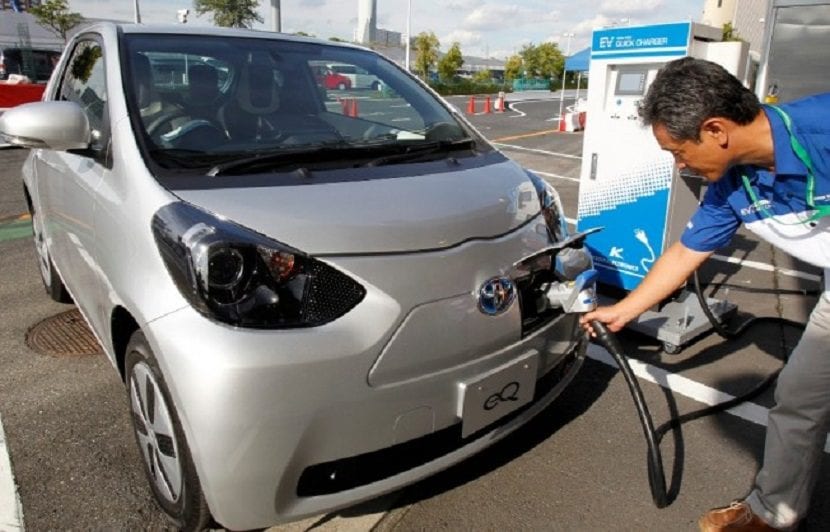
Objectives
By 2020, the country has set itself the goal that until 5 million cars of this type circulate on its roads; And for this it is investing billions of dollars in subsidies to local companies such as BYD or BAIC to produce them on a large scale. In addition to boosting sustainable mobility in other public transport such as taxi or bus.
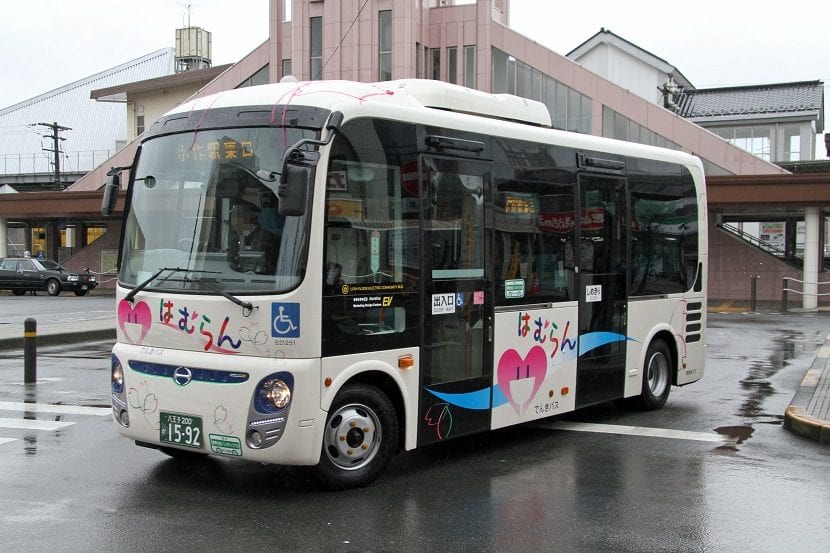
And, despite the leadership that China has achieved in absolute terms, the pace of implementation does not seem enough to meet the country's own goals.
In September of last year, the Government of China, which has a serious pollution problem in its cities, announced an implementation program that established that 8% of the new registrations in 2018 they had to be pure electric cars and plug-in hybrids. In 2019 they should reach 10% and in 2020 12%.

However, the Reuters agency reported a few days ago that the Chinese government is considering rejecting these goals for one year, that is, setting the 8% quota for 2019.
The problem of pollution
The environmental crisis in China It is reaching levels never seen before. Large cities go from one red alert to the next, smog is advancing like a sandstorm, sales of masks have grown exponentially, and the same is happening with criticism of the government. But from here we can ask ourselves, Why does this happen? The reason combines multiple factors, from the industrial and the energetic, to the geographical.
Unfortunately it has become a very frequent image: Beijing, the capital of China, covered in smog. Authorities have explored multiple options. Specific bans, artificial rain, drones ... nothing seems to work. The problem is that there is not much sense in attacking individual foci. Pollution requires a united front, and the more time is lost, the higher the price paid by the population.
One of those fronts may be the cheap electric car.
Norway
China and the US account for 60% of all electric cars on the planet. But the real advantageous student in the implementation of this type of mobility is Norway. 28,76% of the cars registered in this Nordic country in 2016 they were electric, well above 0,52% of the world average.

On a typical day, about 32.000 electric vehicles circulate between Oslo and Trondheim. One of the reasons, as in China, is the generous grants from the Norwegian government. Less taxes, free recharges or circulatory preferences are just some of the subsidizing measures. In Norway electric cars can use the bus lane, a considerable advantage at peak times.
In fact, the main political parties in Norway They have agreed ban the sale of fossil fuel powered vehicles from 2025, within the framework of a total change in its energy policy.
As we have seen, cheap electric cars are supported by price, and as Reuters points out, they do not have an "exclusive" factor that a brand such as Tesla, who bets without embarrassment on very fast, powerful cars with great autonomy, ¿which are the domestic vehicles that are already succeeding in China? Let's take a look at the cheap two-door electric car chery eQ.
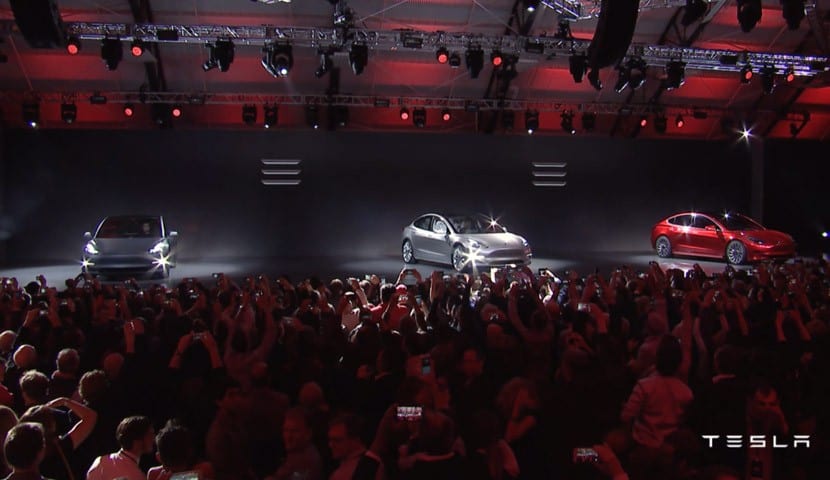
Best selling cheap electric cars
chery eQ
El Chery eQ costs 60.000 yuan in Shanghai, the approximate equivalent of a little less than 8.200 euros with the grant included. Without these aid, it would cost over 100.000 yuan, that is, a little more than 13.600 euros.

General Motors (GM), for example, presented its new Chevrolet Bolt, who costs about $ 30.000 after an included federal credit of $ 7.500.
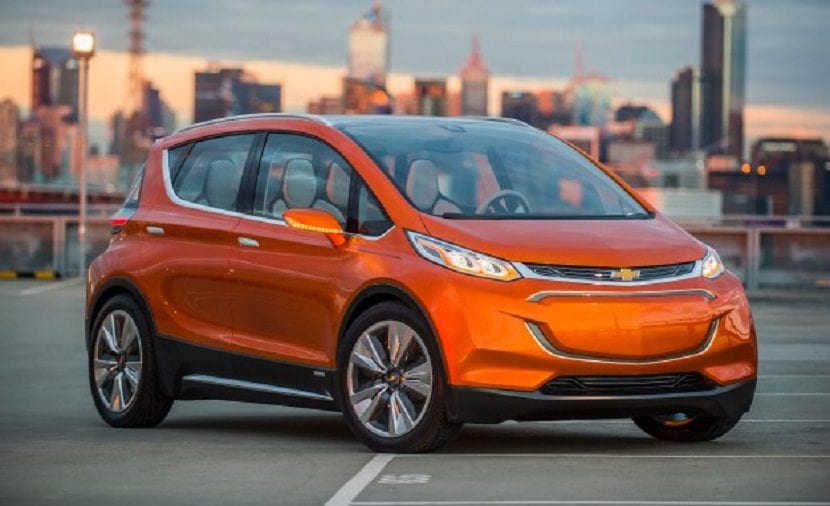
According to Xie Chao, a worker at a Shanghai chemical company: “Cheap electric cars are very cheap in China, you need them little money to buy one. If you only need a car to go to work or move around the city, with its use of slightly less than 100 km of autonomy is already going well".
Xie claims to have bought three cheap electric cars since 2015: a Anhui Jianghuai Automobile iEV4, BAIC EV160 or with a Geely Emgrand EV, one for him to use, one for his wife, and one for rent. Incredible but true.
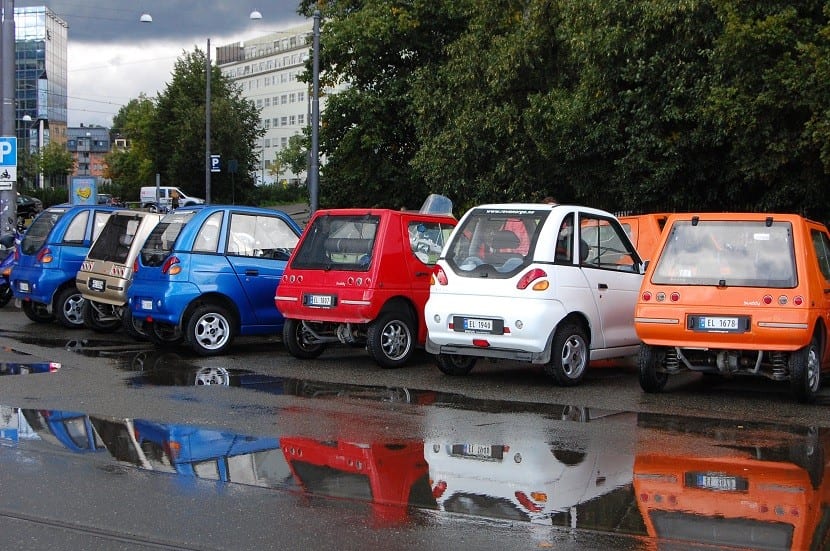
According to Zhang Dawei, CEO of distributor EVBuy, “most cheap electric cars have similar specs, so the price is the deciding factor ”. The eQ already mentioned has been el best selling in recent months, "with decent quality at a very low price." “These are transport tools. They are purely mobility, no to brag, or equip the latest technology ", he concludes.
Some Asian market analysts also point out as a factor in this boom that many inhabitants of large cities Chinese women choose these cars to obtain easily a license plate. And it is that up to half a dozen of the largest cities in China already strictly control the license plates of gasoline cars for pollution issues. While they freely grant permits to cheap electric cars.
Another keys to explain the boom that these cheap electric cars are experiencing in China lies, again, in the subsidy policy. And it is that, for a foreign manufacturer, it is difficult to access the type of subsidies, since it is only possible that they receive it if they operate through joint ventures with local partners. It is the case of Denza, which supports the German group Daimler.
Still, even with help, your price is still well above local manufacturers. The reduction of costs in Chinese brands, according to all reports, are constant ... without addressing in most cases a continuous loss of product quality. Something that does not happen in companies with foreign capital.
Now all analysts hope that, little by little, once their business model is consolidated, these new chinese manufacturers se expand all over the world. Although, it still remains. For example in Detroit, GAC Engine (part of Guangzhou Automobile Group) showed its new GE3 electric sport utility vehicle. And there he announced that, although he had plans to enter the United States this year in 2017, in the end he would delay it until 2019.
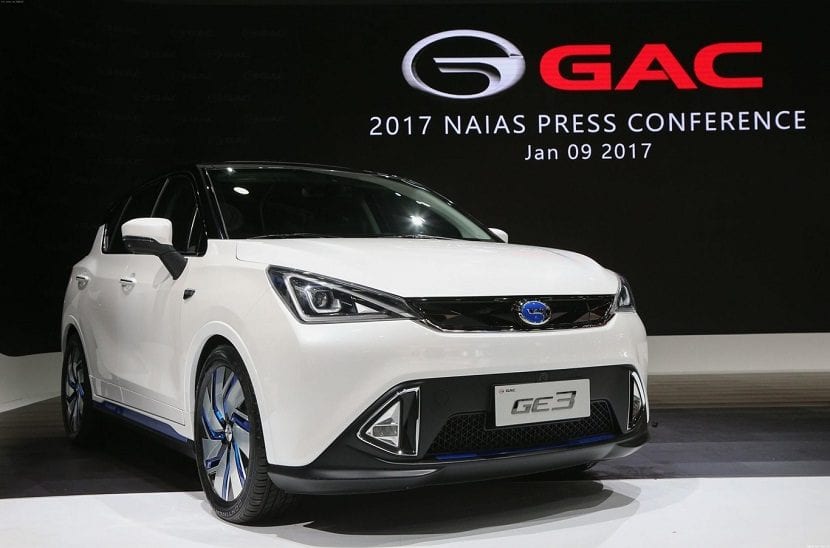
Changan BenBen EV
The BenBen is one of China's best-selling utility vehicles in its combustion version. The company has decided to launch the electric version of the model this December. It will have an autonomy of 200 kilometers and a price of $8.200.
Dongfeng Jingyi S50 EV
The Jingyi S50 is a sedan produced by Dongfeng Motors. Again, it is a very popular car in its combustion version, but now it will see the arrival of an electric version. With an autonomy of 250 kilometers and a price of 16.400 euros.
Other electric vehicles
electric buses
Electric buses are a great opportunity to implement electric mobility in cities. A perfect way to unite the best forms of mobility such as public transport and powered by electricity.
However, the implementation of electric buses in European cities is slower than expected. Quite the opposite happens in China, where there is a spectacular display.
The growth of electric bus sales was very strong in China during 2016, when a total of 115.7000 units, with a market share of 20%.
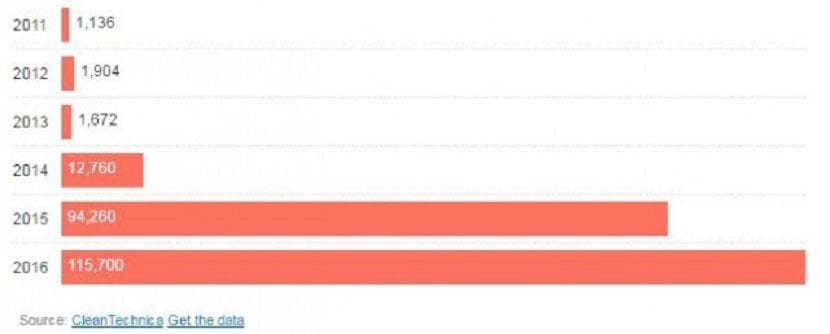
The graph shows how the turning point occurred in 2015, when sales of these buses soared. 2016 has confirmed this revolution with an increase of more than 20.000 units over the previous year.
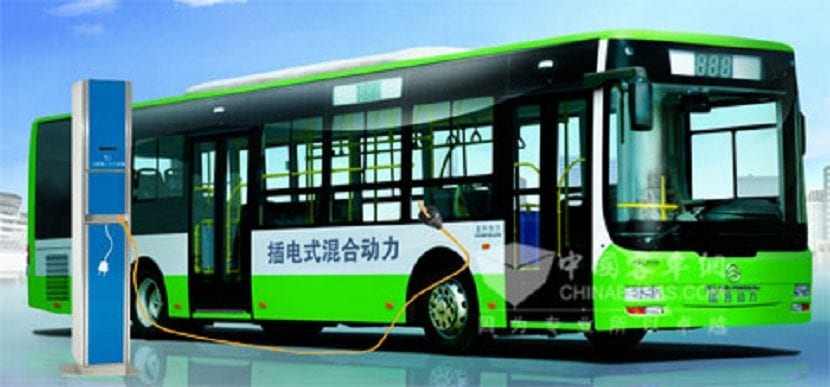
Electric vans
Electric vans are becoming a popular alternative in China. Many times, they are even used to transport passengers, acting as small buses. This is the case of the JAC Sunray i6, which has the capacity for up to 12 people. It has an announced autonomy of 160 kilometers, but the price is still unknown. It will hit the market sometime in 2017.
Electric trucks
Small trucks also have their market in the Asian giant. The Jinbei JBC Qiyun EV has a range of 200 kilometers yy can carry up to 2.700 kilograms
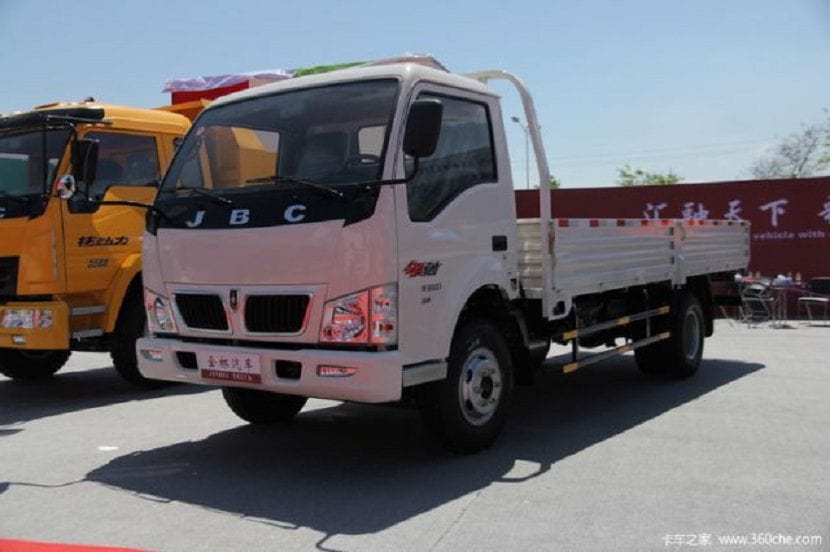
More efforts in the world
Despite highlighting the "strong growth" in the sales of these vehicles during 2016, the International Energy Agency has highlighted that it does further implantation is missing and that there is still a 'long way' to go until electric cars make a 'significant contribution' to the goals of reduction of greenhouse gas emissions.

The agency highlights that, according to the forecasts of the car manufacturers themselves, it is expected that in 2020 between 9 and 20 million will circulate in the world. electric cars. That stock it would be between 40 and 70 million in 2025, according to the same forecasts. But the agency recalls that, to meet the objectives of the Paris Agreement, it would need to reach 600 million units in 2040. «Strong political support is necessary«, Warns the International Energy Agency.
The reality of the electric car
Currently the real range of an electric car exceeds 100 km, but the official figures close to 200 km should not mislead us: We will never achieve that laboratory figure in real conditions. Since it is not easy to find recharging points and it is necessary to wait several hours for the batteries to be fully filled, in practice this means that they are only good for doing little more than 100 km a day, having to recharge overnight if we reach the limit.
With these premises, cheap electric cars are the best option for the urban driver, but unable to hit the road for long journeys. On the highway, the battery melts like ice in a cafe and if we have to face steep slopes the calculations have to be even more conservative. In city, however, they seem to last forever because the kilometers go very slowly and the start-stop effect hardly hurts them.
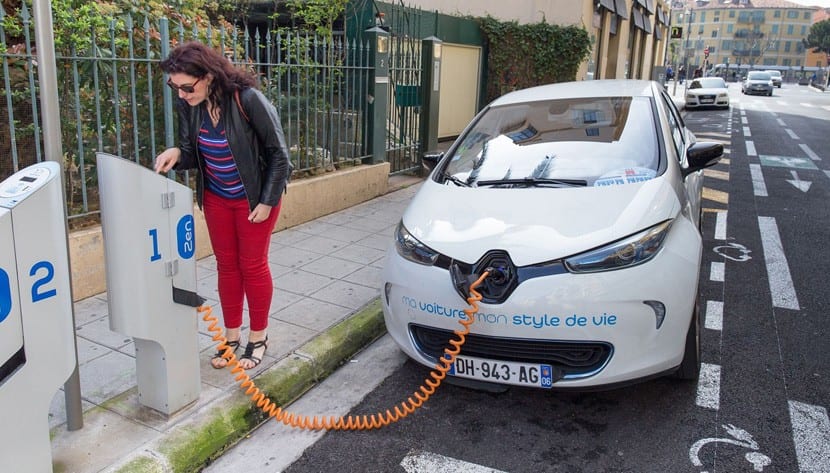
Its strong point is urban traffic, where its behavior is spectacular. So much so, that once you try one in the city you realize that all cars should be electric to circulate between streets. An electric car does not have a clutch or gears, but a motor that turns with the wheels and stops with them, with which all the energy is transformed into instantaneous and silent movement. They are unsurpassed in their natural habitat, but unable to get out of it.
To finish the article, we are going to see some of the electric cars that we can buy in EuropeCheap, electric cars (sort of). We will not include models like Tesla, as they play another league.
European electric cars
BMW i3
The BMW i3 is BMW's commitment to electric cars. Her first 100% electric vehicle It is priced with batteries included and without subtracting the aid of 35.500€.
It incorporates a 3G connection system that allows you to control different aspects of the vehicle from a distance, connect to the Internet, check the traffic status, see the Street View.
In the mechanical section, it mounts its own electric motor, the BMW eDrive that gives the car a 170CV power, along with some 22 or 33 kWh batteries capacity give it a maximum approved autonomy of 300 km and a top speed of 150km / h
Citroen E-Mehari
The E-Mehari is a convertible electric vehicle four-seater that shares some aesthetic features with the Cactus M, a prototype presented by Citroën in September 2015. It is manufactured in collaboration with the French company Bolloré, which already markets a vehicle with similar characteristics called bluesummer.
The E-Mehari's electric motor has 68 hp of maximum power and is powered by the energy stored in a polymer battery 30 kWh lithium battery. The time required to recharge it is 8 hours in a 16-amp outlet and 13 hours in a 10-amp outlet. According to Citroën, the E-Mehari can travel up to 200 kilometers in urban environments (or about 100 on faster roads) and reach 110 km / h top speed.
It costs 26 euros less aid and a monthly fee of € 87 per month for battery rental. The amount of this fee is independent of the kilometers traveled per year.
Renault ZOE
El Renault Zoe is an electric compact that stands out for its 400 km of autonomy according to NEDC cycle.
Available in four price levels and finishes, it is presented as the first electric ready to fight from you to you with the Nissan Leaf. It is available with battery ownership or as a rental option.
In its technical section it mounts an electric motor of alternating current of 92 hp of power, a battery of 41kWh Lithium Ion capacity, maximum speed limited to 135 km / h and an acceleration of 0 to 100 in 12 seconds.
Volkswagen e-Golf
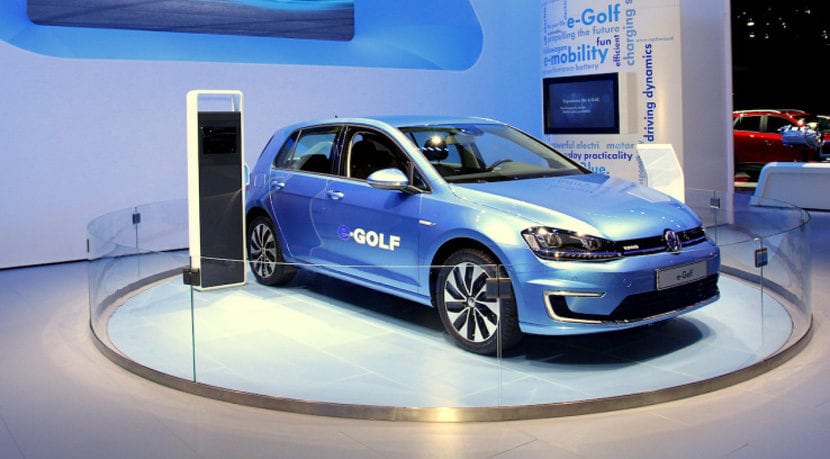
Volkswagen has updated its icon to mark a green path to electrification, with the Volkswagen e-Golf. It is the first compact of the German firm manufactured based on the new Modular Electric Propulsion Platform (MEB). What Volkswagen calls a "democratization of zero-emission mobility."
The second technological generation of the electric Golf comes with a greater autonomy, more power, new design details and a digitized inner world.
Nissan Leaf
The Nissan LEAF is the first cheap electric car of the Japanese Nissan and the best-selling today with 100.000 units solds between Europe, the United States and Japan.
It began its commercialization in 2010 with a version capable of performing 145km according to the NEDC cycle. Currently it has released two more generations with four trim levels (Visia, Visia +, Acenta and Tekna).
With battery capacities of 24 kW and 30 kW, you can achieve a autonomy of 250kma 0-100 acceleration of 11,5s and a maximum power of 109 CV.
